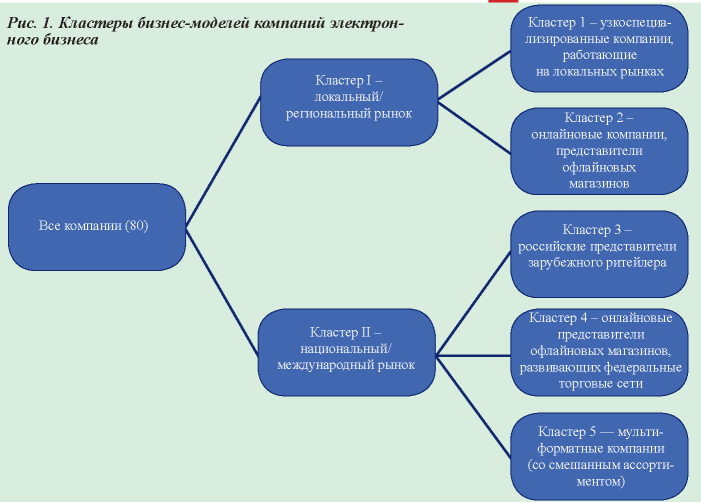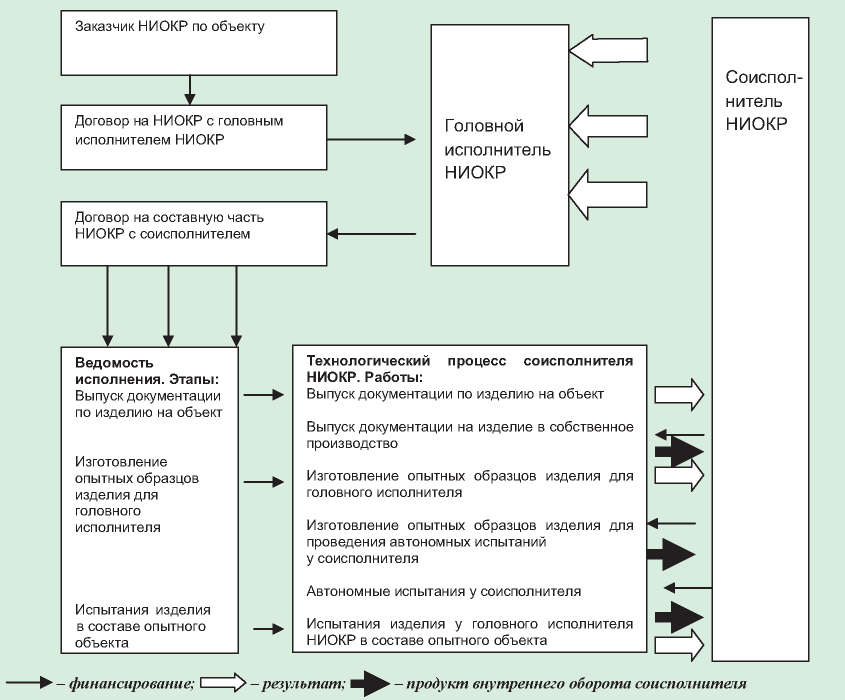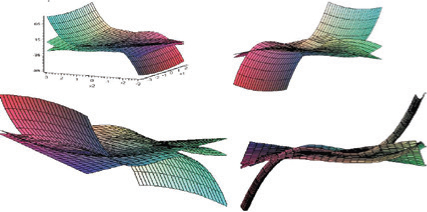No 2 (2015)
НАУКА
58-71 21270
Abstract
The main features of formation of business models in e-business, their typology and possible transformations in the context of a shrinking market are considered in the article. Upon the analytical research, the main components and characteristics of business models of electronic business in various clusters of business models are highlighted. The marking of clusters of business models allows establishing of possible ways of their transformation in the contest of economic uncertainty.
72-83 2257
Abstract
The evaluation of the cost of development - development (R & D) at the conclusion of the state contract is proposed to conduct an estimated price of the replacement steps of the current standard OCD OCD stages, which are adequate and include several stages. At each stage, the limit is determined by the estimated price of the ROC, while retail prices are determined by the following steps and stages of their amount. Upon completion of all stages of the ROC, it is converted indicative price stages and the ROC in the fixed-price into the cost to the planned profit.
84-90 3069
Abstract
The condition of a global ecosystem comes nearer to the critical level that is reflected in social and economic development of society. At the present stage the analysis of the world for which the non-stationary behavior, social and economic and ecological crises connected with nonlinearity and multidimensionality of social and economic systems is characteristic has to become a subject of studying of economy and finance. A complex of models of accidents of global social and economic development is created. For carrying out the analysis the methodology of synergetic which is based on the theory of self-organization and a coevolution of difficult systems is chosen. The tools of modeling of the instability of socio-economic systems development which is conceptual and methodological basis, the catastrophe theory are considered. The algorithm is offered and the complex of models allowing to investigate type and nature of dynamics of development of the main macroeconomic indicators, to define possibility of formation of crises is constructed.
92-98 7001
Abstract
Operational management of business processes is a key success factor. We reduce tactical level to the two generic concepts: current measures (higher layers) and business processes (the lower layers). For successful execution of business strategy leading companies transform to process-oriented (tactical level) and customer-oriented organizations (strategic level). We propose classification of business processes on criteria. Widening of automated business processes enables companies to become process leaders in the competitive proposition of value to consumers. The BPM concept turns into a long-term business-culture from the tactical level to the level of strategic management. We show the stages of the development of BPM system in the enterprise. In order to achieve operational efficiency benchmarking and operational intelligence are implemented. Within operational intelligence we offer metrics of the four main functional goals.
ISSN 2618-947X (Print)
ISSN 2618-9984 (Online)
ISSN 2618-9984 (Online)












































